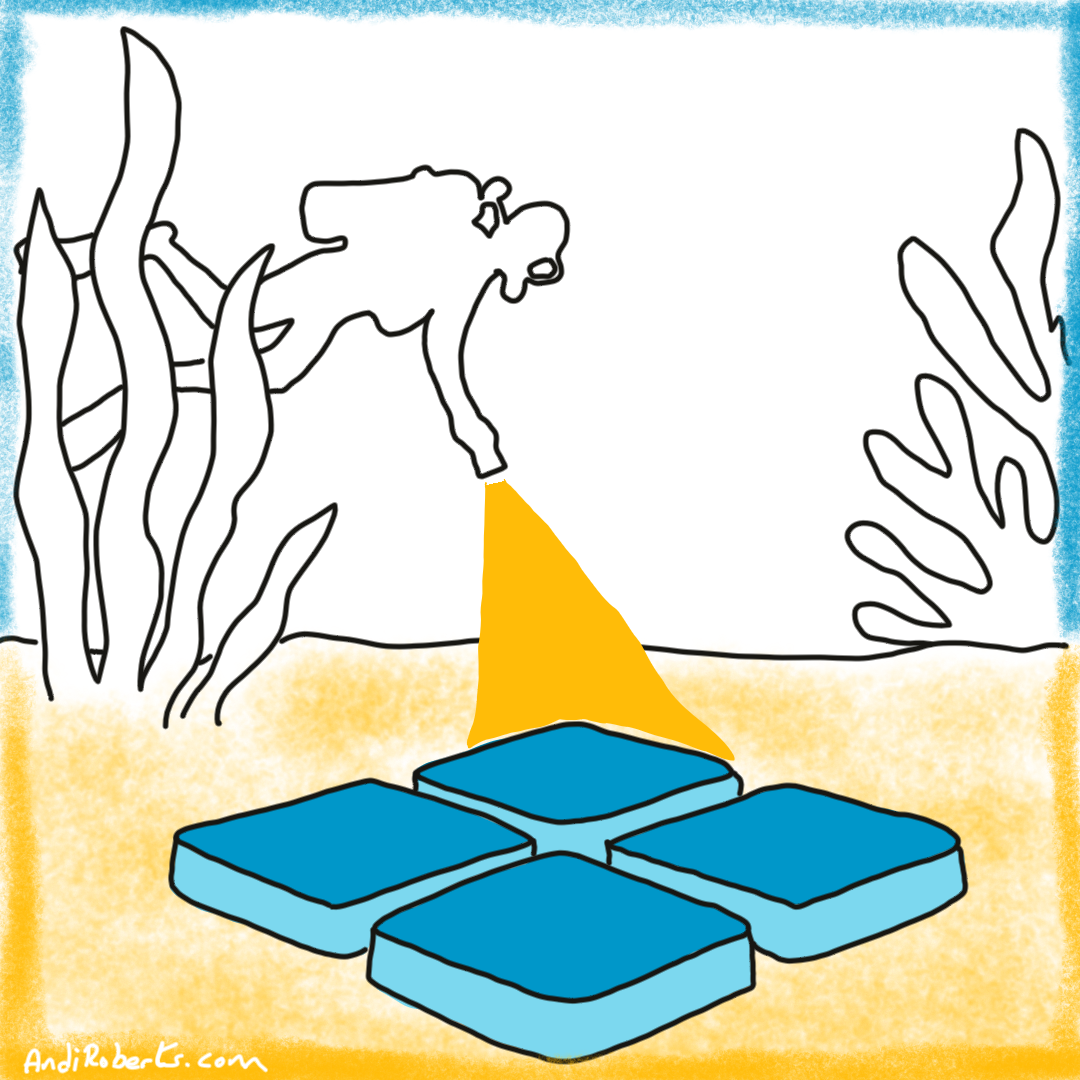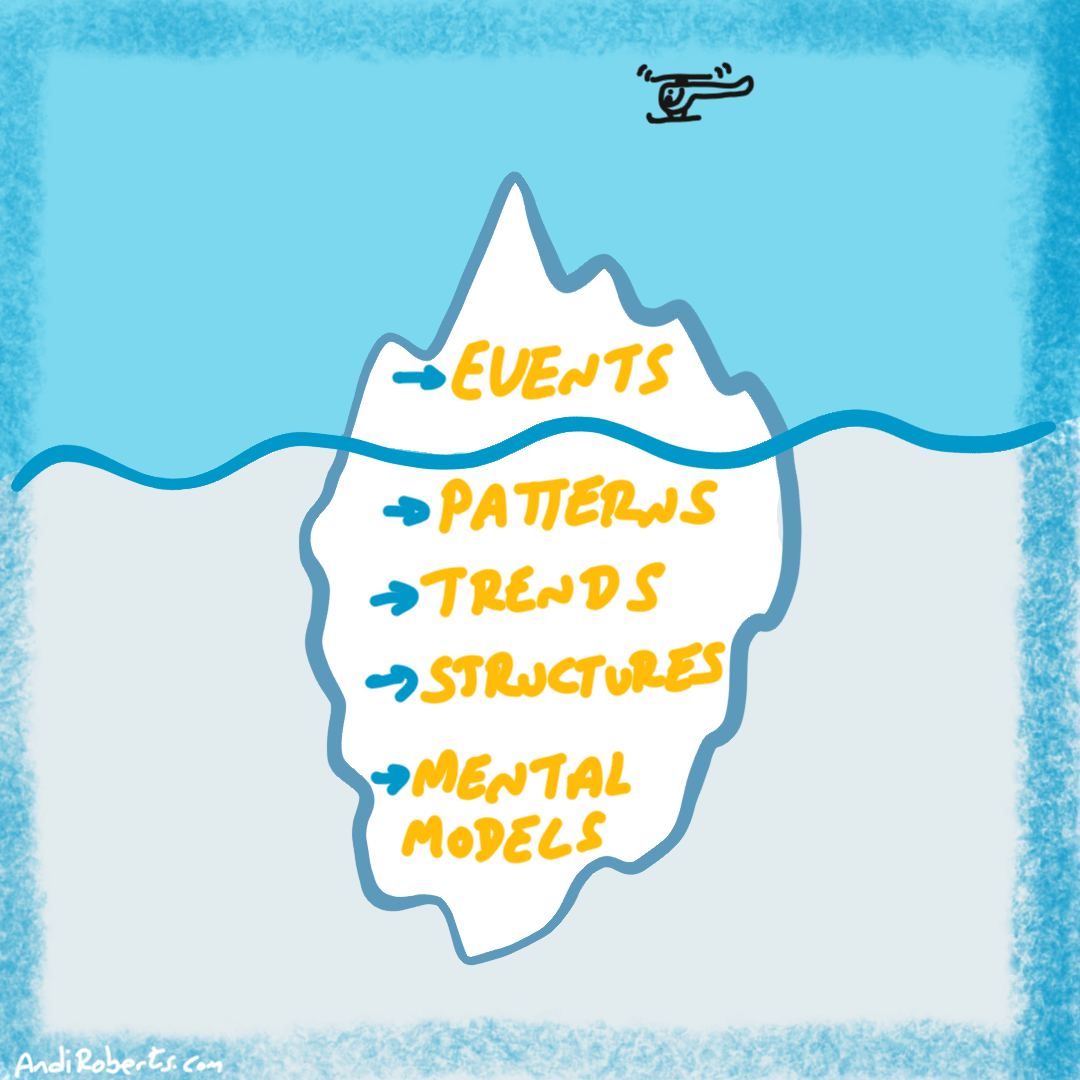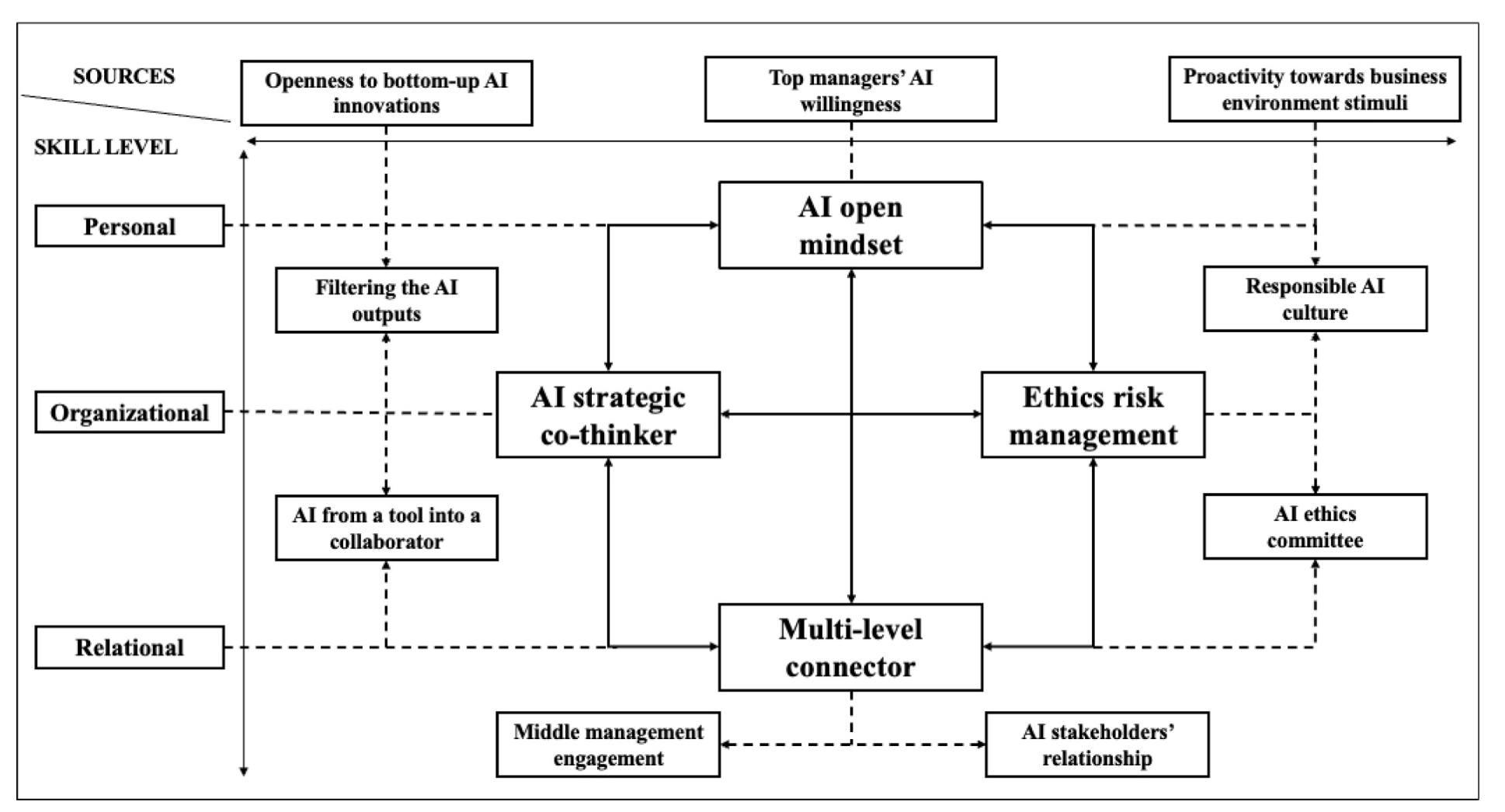I was recently surfing the internet and came across an exercise called The Axe Audit by Andy Cleff (2025). It invites teams to pause and ask what their “axes” are, which ones are getting dull, and how they might sharpen them. It inspired me to think more deeply about this idea and how it applies to leadership. The image of the axe is both simple and profound. It reminds us that effectiveness is not only about effort but about the condition of the tools, skills, and systems we use.
There is a well-known story about two woodcutters. Both begin chopping early in the morning. One works tirelessly without stopping, determined to outwork the other. The second pauses every hour to sharpen his axe. At the end of the day, the second has cut twice as much wood. The first, exhausted, cannot understand how. The second simply replies, “I stopped to sharpen.”
In leadership, we often resemble the first woodcutter. We confuse speed with progress and activity with impact. Yet over time, our edge dulls. Processes slow down, communication frays, and energy wanes. We are still swinging hard, but each effort yields less.
This is where the idea of sharpening the axe becomes essential. It is about renewal. It is about the deliberate act of improving how we think, work, and lead. To bring this concept to life, I created a reflective framework called SHARP EDGE, which turns the metaphor into a practical rhythm for ongoing improvement.
SHARP EDGE reflection guide
S – Scan your tools
Every team has tools that make their work effective. These might be technical systems, collaboration practices, or ways of thinking. Yet teams rarely stop to examine what truly drives success. Scanning means taking stock of what matters and identifying what enables performance. It begins with awareness.
-
What specific skills, systems, or routines make our work most effective today?
-
Which tools or practices are critical but taken for granted?
-
How often do we pause to map our strengths before rushing to fix problems?
H – Highlight dull spots
Dullness creeps in slowly. A process that once worked becomes cumbersome. Meetings feel repetitive. Communication habits drift. People start working around the system rather than through it. The dullness of a team’s tools often mirrors the dullness of its conversations. Leaders who make it safe to surface what no longer works create the conditions for renewal.
-
Where do we experience friction, frustration, or fatigue in our daily work?
-
What have we accepted as “just the way things are”?
-
How can we invite the team to speak honestly about what feels outdated or ineffective?
A – Act on one improvement
The instinct of many leaders is to fix everything at once. But sharpening requires focus. Choose one dull axe and one improvement. Start small. I call this a FINE experiment: Focused, Incremental, Noticeable, and Evaluated. A good experiment does not need permission from senior management. It needs curiosity, ownership, and reflection.
-
Which single improvement would make the biggest difference to our effectiveness?
-
How can we design an experiment that is small enough to learn from but big enough to notice?
-
What evidence will tell us that we are becoming sharper rather than simply busier?
R – Review progress regularly
A team that never reviews its progress risks mistaking movement for momentum. Regular review turns activity into learning. It means asking, “Did our sharpening make a difference?” Reviewing is not about blame but about understanding. It is how teams close the loop between effort and insight.
-
How often do we stop to ask whether our changes have truly worked?
-
When we review, do we celebrate learning or only outcomes?
-
What rhythm of reflection could help us track our progress more effectively?
P – Protect Sharpening Time
The busier we become, the less time we make to sharpen. Yet when we skip reflection, fatigue sets in. Protecting time to learn, rest, and improve is not indulgence; it is strategy. It communicates that renewal is part of the work, not a distraction from it. Teams that protect sharpening time sustain energy and performance over the long term.
-
What could we remove from our schedule to make space for reflection?
-
How might I model that sharpening time is valuable and protected?
-
What boundaries must we create to ensure renewal is a habit, not a hope?
E – Engage Everyone
The sharpest teams are those where everyone takes part in improvement. Insight does not belong to hierarchy. People closest to the work often see where the real friction lies. When leaders invite everyone to identify, test, and share ideas, sharpening becomes a shared responsibility rather than a management task.
-
Who in our team sees improvement opportunities that I might not notice?
-
How can we make it easy for anyone to suggest or test a better way?
-
What would a culture of continuous sharpening look like in our workplace?
D – Debrief the Impact
When you finish an improvement cycle, pause to talk about what changed. What worked? What did not? What did we learn? Debriefing transforms activity into insight. It turns small experiments into collective learning. Over time, these conversations build confidence and capability.
-
What tangible improvements did we see as a result of our last change?
-
How can we make learning visible so others benefit too?
-
What surprised us about what actually made a difference?
G – Grow the practice
Sharpening is not a single event; it is a discipline. Growth happens when reflection becomes part of the team’s rhythm. Improvement is no longer a project but a pattern. The more the team repeats the cycle, the easier it becomes to sustain progress and anticipate change before it hurts.
-
How could we build sharpening into our quarterly or project rhythms?
-
What structures or rituals could help us maintain the habit of improvement?
-
How might we share our learning across teams to raise the whole organisation’s edge?
E – Embed learning
Finally, embed what you have learned so it becomes part of how you operate. Capture new practices in playbooks or templates. Update processes. Share stories. When learning is embedded, the team evolves faster than the challenges it faces. It becomes not only sharper but more adaptive.
-
How can we capture and spread what we have learned from sharpening?
-
Which processes or tools should we now update to reflect this learning?
-
How can we ensure that improvements endure beyond the individuals who made them?
Keeping the edge
Leadership is not about how hard we chop but how deliberately we sharpen. Leadership is often described as the ability to inspire action or set direction. Yet one of its most vital functions is to create the space where sharpening can happen. Without renewal, even the best strategy fades. Without reflection, even the most skilled team dulls.
Sharpening the axe is not about working harder or finding the newest tool. It is about developing the discipline to pause, learn, and adapt. It is about ensuring that the energy you and your team invest produces lasting results. Over time, small cycles of sharpening build resilience, capability, and pride in the craft of working well together.
The leaders who make sharpening a habit cultivate teams that stay curious, confident, and ready for what comes next. They are not defined by how hard they chop but by how deliberately they keep their edge.
-
Where in my leadership am I swinging harder instead of sharpening smarter?
-
What personal routines or habits have become dull and need renewal?
-
How can I model the discipline of sharpening so that my team sees reflection as essential, not optional?
Do you have any tips, advice or tools for pausing and looking at how you can improve?
What has worked for you?
Do you have any recommended resources to explore?
Thanks for reading!
Reference
Cleff, A. (2025) The Mathematics of No: Why Working Less Delivers More. Andy Cleff – Coaching Agility, 8 October 2025. Available at: https://www.andycleff.com/2025/10/slack-time-working-less-delivers-more/ (Accessed: 10 October 2025).





Leave A Comment